7 Pro Tips Create Active Directory Logon Script Now

Introduction to Active Directory Logon Scripts

Creating an Active Directory logon script can be a powerful tool for system administrators to manage and customize the user experience within their network environment. These scripts allow for the automation of various tasks that would otherwise be manual and time-consuming, such as mapping network drives, setting up printers, and configuring user settings. In this article, we will explore 7 pro tips for creating an effective Active Directory logon script, focusing on best practices and efficient implementation.
Understanding the Basics of Logon Scripts

Before diving into the tips, it’s essential to understand the basics of logon scripts. A logon script is a series of commands that are executed when a user logs onto the network. These scripts can be written in various scripting languages, with batch scripts and PowerShell being the most common choices. The primary goal of a logon script is to provide a customized and streamlined user experience, ensuring that users have access to the necessary resources and tools from the moment they log in.
Tip 1: Choose the Right Scripting Language

The choice of scripting language is crucial for creating an effective logon script. Batch scripts are traditional and easy to learn, but they lack the power and flexibility of more modern languages. PowerShell, on the other hand, offers a robust set of features and integrations with Active Directory, making it the preferred choice for many administrators. When deciding on a scripting language, consider the complexity of the tasks you want to automate, the skill level of your team, and the existing infrastructure of your network.
Tip 2: Keep It Simple and Modular

A well-structured logon script is essential for maintainability and scalability. Keeping your script simple and modular allows for easier troubleshooting and updates. Break down complex tasks into smaller, manageable chunks, and consider using functions or separate scripts for specific tasks. This approach will make your script more readable and reduce the likelihood of errors.
Tip 3: Use Active Directory Variables
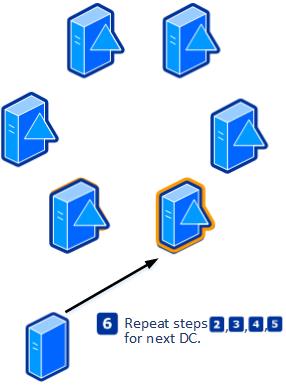
Active Directory provides a range of variables that can be used within logon scripts to customize the user experience. These variables include %username%, %userdomain%, and %computername%, among others. Utilizing these variables enables you to create dynamic scripts that can adapt to different user environments, reducing the need for multiple scripts and improving efficiency.
Tip 4: Implement Error Handling and Logging

Error handling and logging are critical components of any script. Implementing these features allows you to track issues, diagnose problems, and improve the overall reliability of your logon script. Use try-catch blocks in PowerShell or errorlevel checking in batch scripts to handle errors gracefully. Additionally, logging script execution to a central location can provide valuable insights into user activity and script performance.
Tip 5: Optimize Script Performance

The performance of your logon script can significantly impact the user experience. To optimize performance, minimize the number of external commands and avoid unnecessary loops. Also, consider deferring non-essential tasks until after the user has logged in, ensuring that critical tasks are completed quickly and efficiently.
Tip 6: Test Thoroughly

Testing your logon script is crucial before deploying it to your production environment. Create a test environment that mimics your production setup as closely as possible, and test the script with different user accounts and scenarios. This step will help you identify and fix potential issues before they affect your users.
Tip 7: Document and Maintain Your Script

Finally, documenting your logon script and maintaining it over time is essential for long-term success. Keep a record of changes, updates, and the reasoning behind specific script decisions. This documentation will be invaluable for future administrators and will help ensure that your script continues to meet the evolving needs of your organization.
📝 Note: Regularly review and update your logon script to reflect changes in your network environment and user requirements.
Common Logon Script Tasks
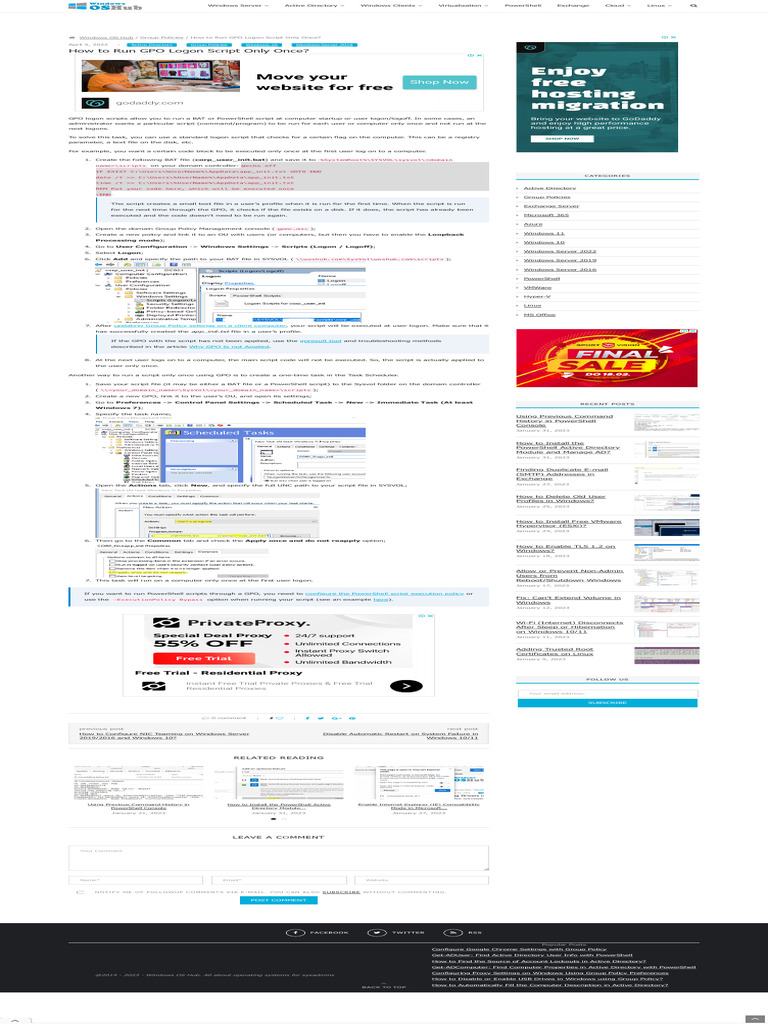
Some common tasks that can be automated with logon scripts include: - Mapping network drives - Setting up printers - Configuring user settings - Installing software - Applying security policies
| Task | Description |
|---|---|
| Mapping Network Drives | Automatically connect users to necessary network drives upon login. |
| Setting Up Printers | Install and configure printers based on user location or department. |
| Configuring User Settings | Apply specific user settings, such as desktop wallpaper or screen saver, based on company policies. |
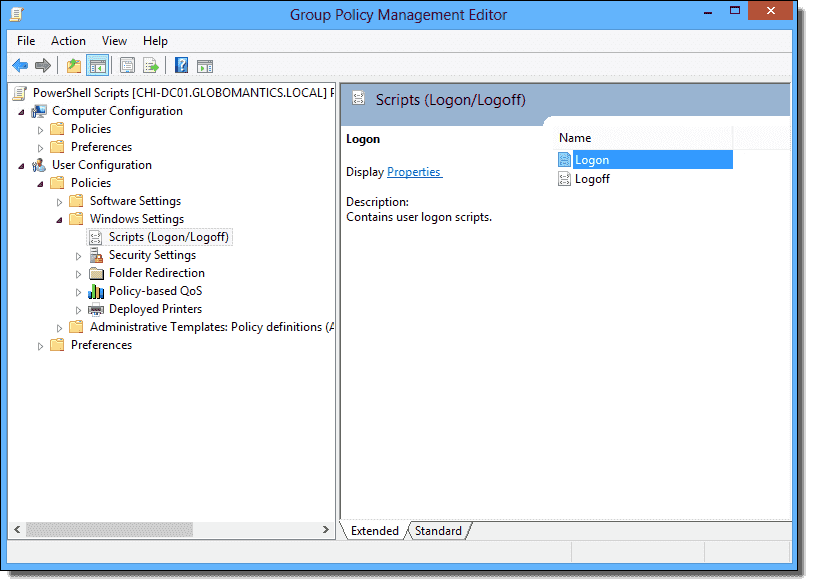
In summary, creating an effective Active Directory logon script requires careful planning, testing, and maintenance. By following these 7 pro tips, you can create a script that enhances the user experience, streamlines administrative tasks, and improves the overall efficiency of your network environment.
What is the primary purpose of a logon script?
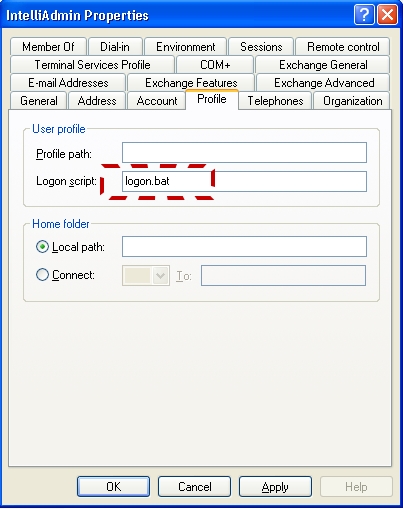
+
The primary purpose of a logon script is to automate tasks and provide a customized user experience upon login, ensuring users have access to necessary resources and tools.
Which scripting language is recommended for creating logon scripts?

+
PowerShell is the recommended scripting language due to its robust features and integrations with Active Directory.
Why is testing a logon script important?
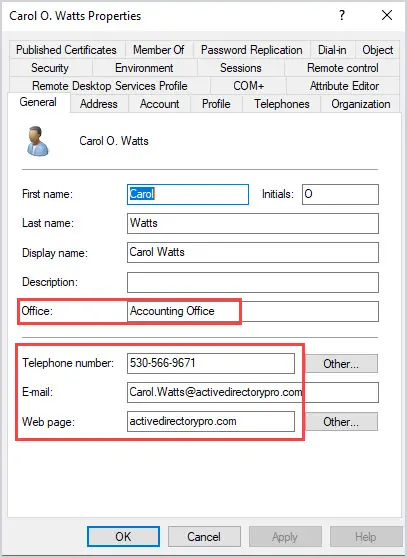
+
Testing a logon script is crucial to identify and fix potential issues before they affect users, ensuring a smooth and reliable user experience.



